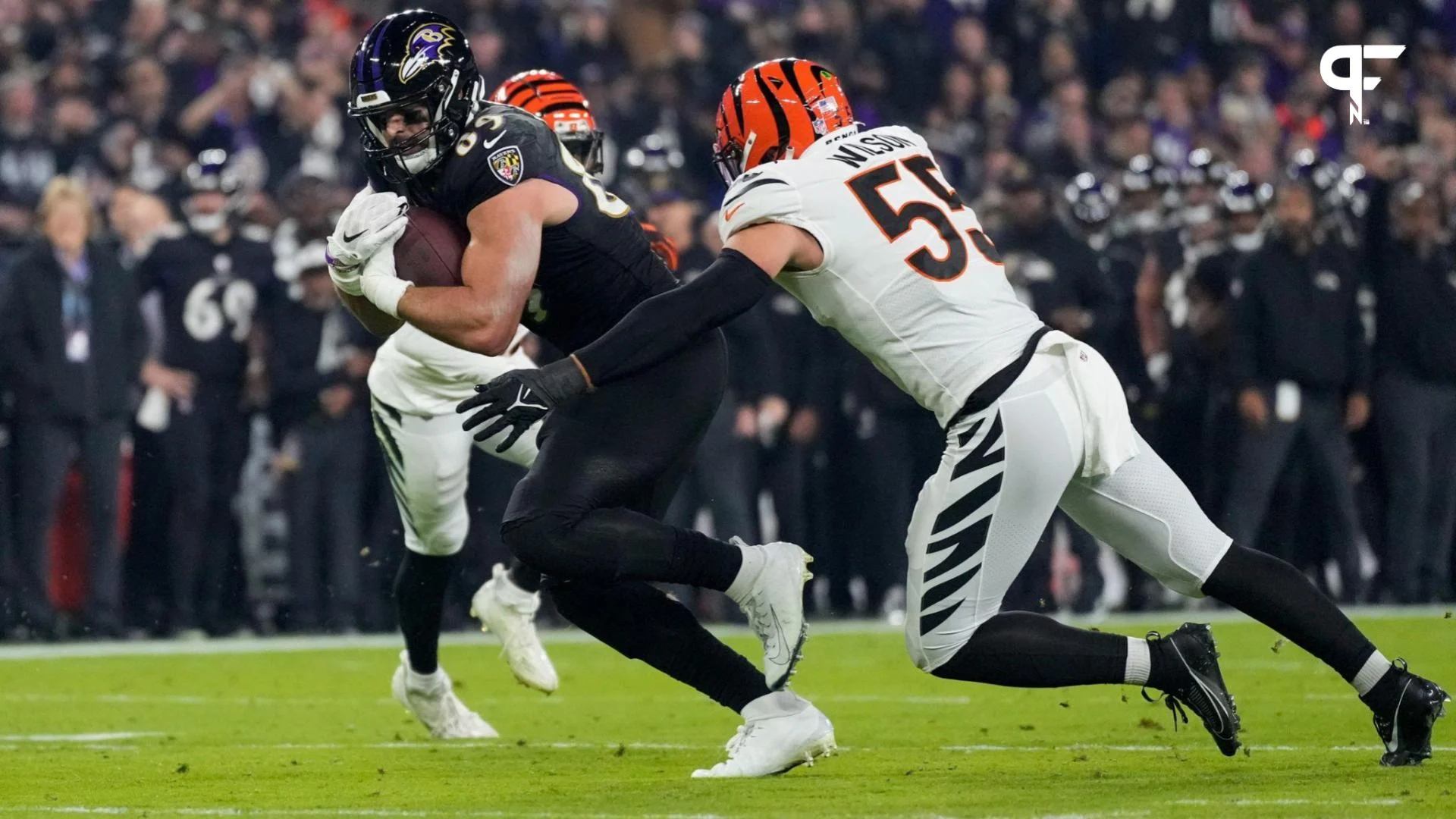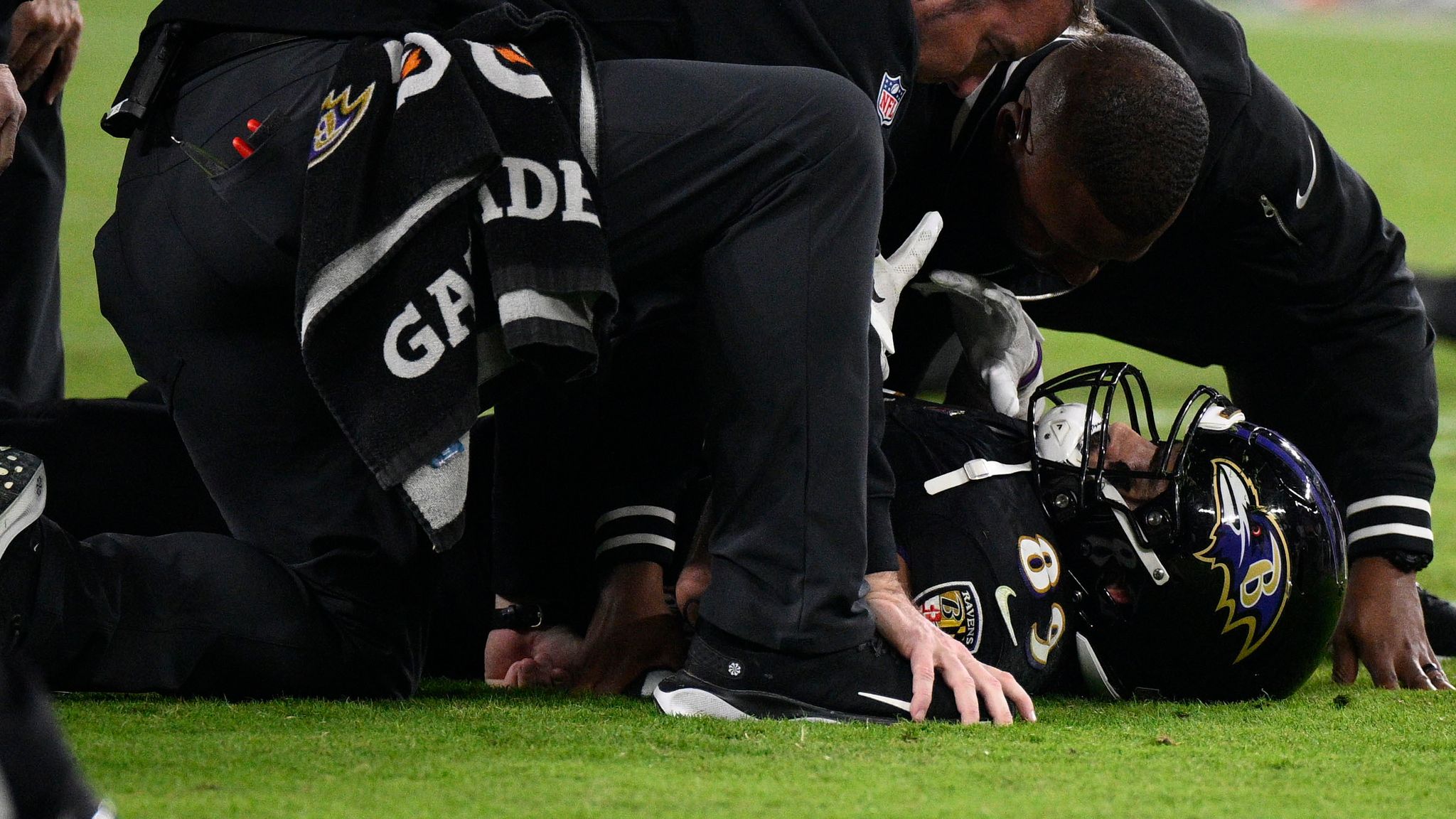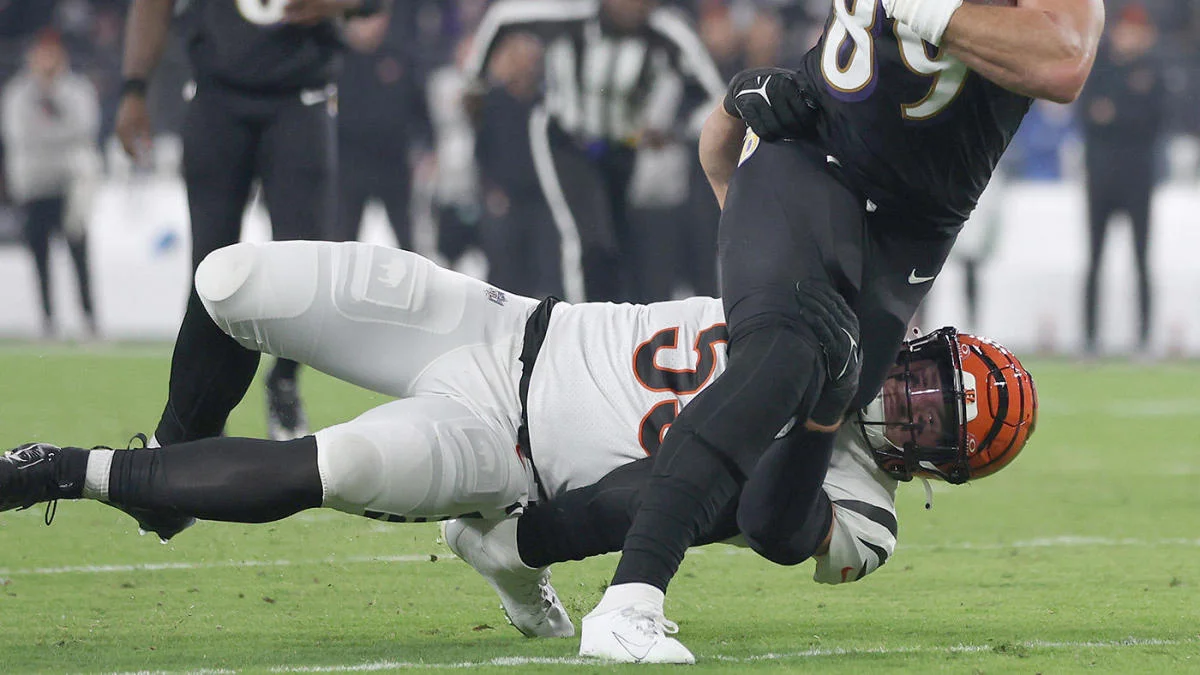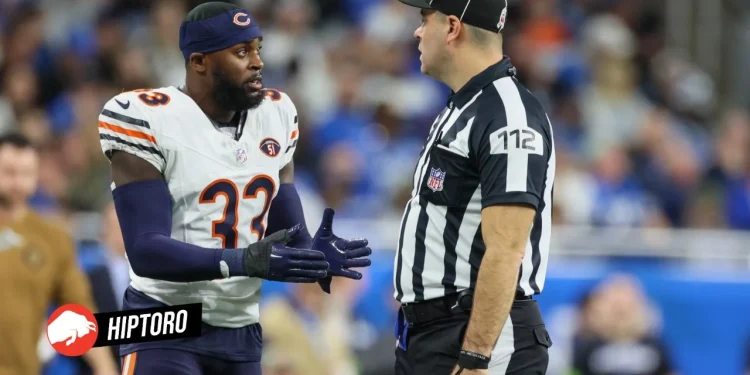In a landmark decision that underscores the National Football League’s commitment to player safety, the hip drop tackle—a move once common on the gridiron—has been officially banned. This significant alteration to the game’s rules has stirred considerable discussion among fans, players, and officials alike. But what prompted the NFL to take such a decisive stance on this tackling technique, and what implications might this have for the future of the sport?

Understanding the Hip Drop Tackle
At the heart of the controversy is the hip drop tackle, a method where a defender captures a runner by encircling them with both arms or grabbing them with both hands, then dropping their body to clamp down on the runner’s leg or lower extremity. This move, designed to halt the momentum of the ball carrier effectively, has been scrutinized for its potential to cause serious injuries.

The Catalyst for Change
The turning point for the NFL’s stance on hip drop tackles came following a series of player injuries directly attributed to this technique. The league’s Competition Committee, which plays a pivotal role in shaping the game’s rules and regulations, proposed a ban on the move, likening its impact on player welfare to that of the once-legal horse collar tackle. This comparison to past rule changes illustrates the NFL’s evolving approach to ensuring the game’s safety standards keep pace with its physical intensity.
Notably, the decision to outlaw the hip drop tackle gained momentum after a high-profile injury to Mark Andrews, the Baltimore Ravens tight end. Andrews suffered a broken fibula and damaged ankle ligaments during a game against the Cincinnati Bengals, a direct result of being brought down by a hip drop tackle. The injury not only sidelined Andrews for a significant portion of the season but also highlighted the risks associated with the tackling style.
NFL defenders taking down Derrick Henry after the hip drop tackle ban pic.twitter.com/NECnzzHxST
— NFL Memes (@NFLHateMemes) March 26, 2024
The NFL’s Stance on Safety
NFL executive vice president of football operations, Troy Vincent, emphasized the necessity of the ban during a conference call, citing league data that showed the technique caused ball carriers to get injured approximately 25 times more often than with regular tackles. This statistic played a crucial role in the NFL owners’ unanimous decision to implement the rule change, introducing a 15-yard penalty for teams whose players employ the now-prohibited tactic.
Athletes and Union Reactions
The ban, while praised by many for its focus on protecting players, has not been without its critics. Some athletes and members of the players’ union have expressed frustration over the new rule, viewing it as a significant alteration to the defensive aspects of the game. However, the NFL’s commitment to player health and safety appears to be the driving force behind the decision, signaling a willingness to refine the sport’s rules in response to evolving understandings of injury prevention.

Looking Ahead: The Impact of the Ban
As the NFL continues to navigate the fine balance between maintaining the sport’s physical essence and ensuring the well-being of its players, the ban on hip-drop tackles represents a significant milestone in the league’s ongoing efforts to evolve. The rule change not only reflects the NFL’s responsive approach to player safety concerns but also sets a precedent for how the sport might continue to adapt in the face of emerging data and player feedback.

Source: Sportskeeda









